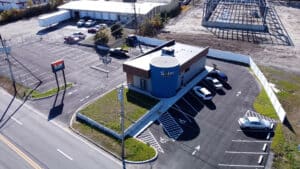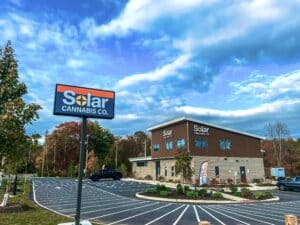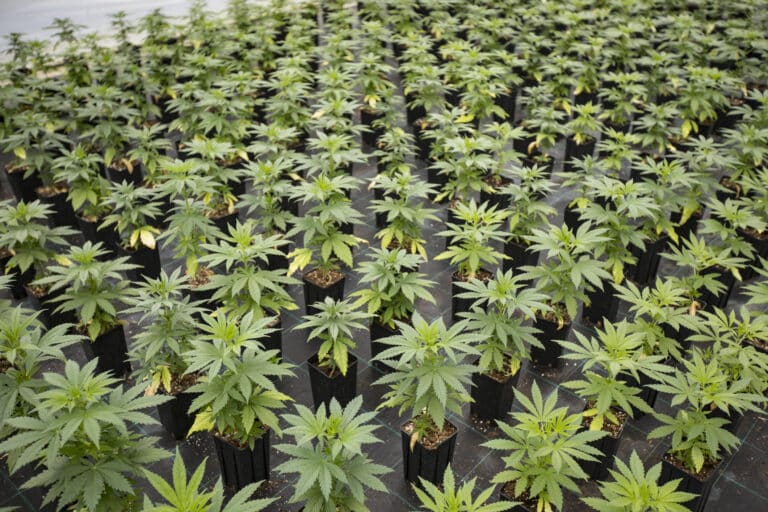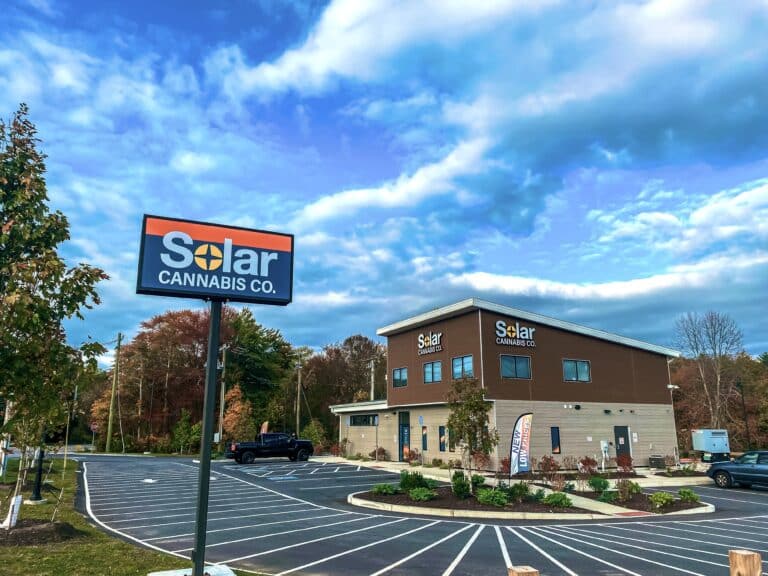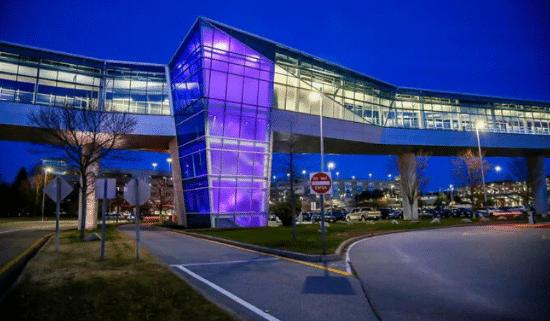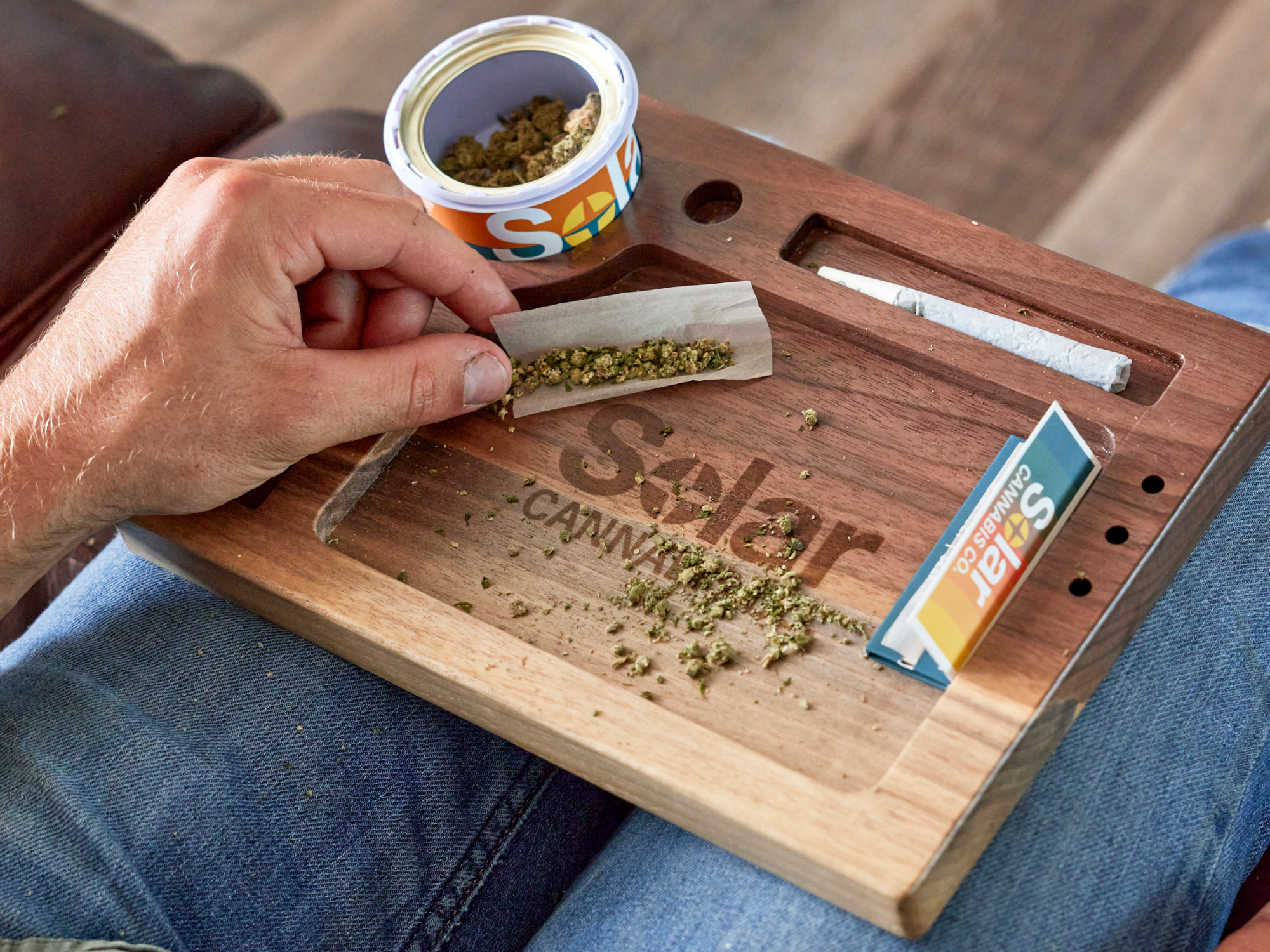Identifying Strains: Landrace vs. Heirloom Cannabis Strains
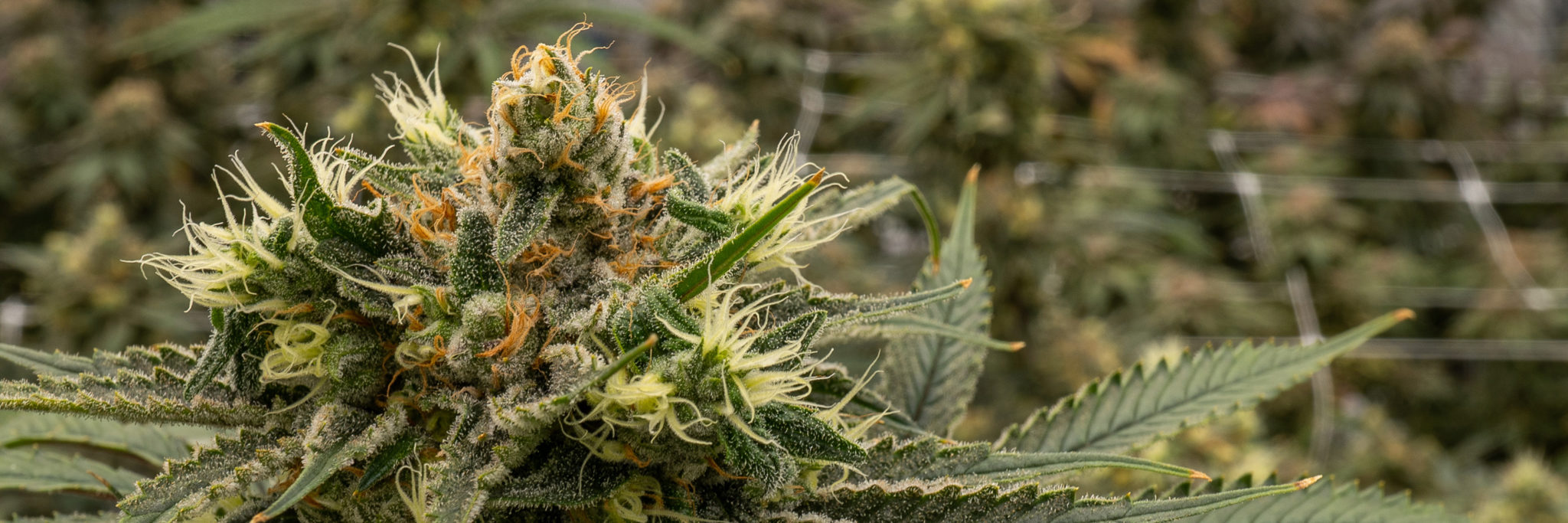
Share
Identifying Strains: Landrace vs. Heirloom Cannabis Strains
By Gregg Padula
Just twenty years ago, the introduction of a new cannabis hybrid into the relatively shallow strain pool was a profound moment. Due to prohibition, the quality and availability of new varieties relied solely on word of mouth. One way hype built up was through niche magazines like High Times.
Then came retail legalization. Now, both established breeders and hobbyist cultivators from all over the world are hybridizing unique varieties every day.
The exact number of unique cannabis strains is unknown. Some estimates range as low as 700, while others as high as 2,000. But these are flimsy numbers, cooked up without factoring in a number of very important sidenotes.
The most common issue that occurs is “strain rebranding”, which is when two or more breeders name different strains the same name. Disorganized practices like this has led to the loss of the most pure strain genetics.
The obvious answer to this problem would be to create a universal database and the means to verify their validity. But cannabis breeding has been a wild west concept until just a few years ago. The chance of ever rounding up all unique existing strains is a pipe dream.
The modern strain pool has become so deep, it can feel as though we’re all just floating around, looking for solid footing. However, there are ways to understand more about a strain than just sativa or indica. Let’s dig a little bit deeper under the surface and discuss the difference between Landrace vs. Heirloom cannabis strains.
Landrace VS. Heirloom Cannabis Strains
Landraces are varieties that grow in the wild with no interference from humans. These strains are considered to be native to certain regions of the world. In the modern cannabis world, landraces serve as the backbone behind the Heirloom Strains that you find in Dispensaries.
Heirloom strains are close relatives of landrace strains. These strains can be further broken down in “strain families.” Essentially, Heirlooms are just landraces grown somewhere else. This can be in a cultivation facility such as Solar, or your cousin’s backyard.
There are four geographic regions that are believed to be the primary origins of landrace cannabis strains. These are Asia, Africa, Latin America, and the Middle East. Below, I have listed some of the most popular landraces cited in cannabis research.
- Middle East landraces: Afghani, Hindu Kush, and Mazar I Sharif
- Latin America landraces: Acapulco Gold, Columbian Gold, and Panama Red
- Asia landraces: Thai and Chocolate Thai
- African landraces: Durban Poison, Swazi Gold, and Malawi Gold
- Jamaican landraces: Lamb’s Bread (aka – Lamb’s Breath)
Sativa landraces are predominantly found in warm areas like Latin America, Africa, and parts of Asia. Sativa varieties like to grow in warmer climates near the equator. Indica landraces grow in colder climates. They were first discovered in high altitude mountaintops throughout the Middle East – most prominently, Afghanistan.
It’s virtually impossible to find a true landrace strain with its genetics intact. Instead, they now serve as the backbone for heirlooms and their strain family. The genetics of an heirloom variety are the closest we have to the original landrace. These relatives were then used to breed out larger strain families. Four of the most prominent families are OG Kush, Haze, The Purples (aka – The Purps), and Skunk. From these four families alone, hundreds of hybrids were born.
Keep your eyes out for our next blog post, where we’ll do a deep dive into each of these strain families!
About the Author

© 2024 Solar Cannabis Co. All rights reserved.
Site by CannaPlanners

